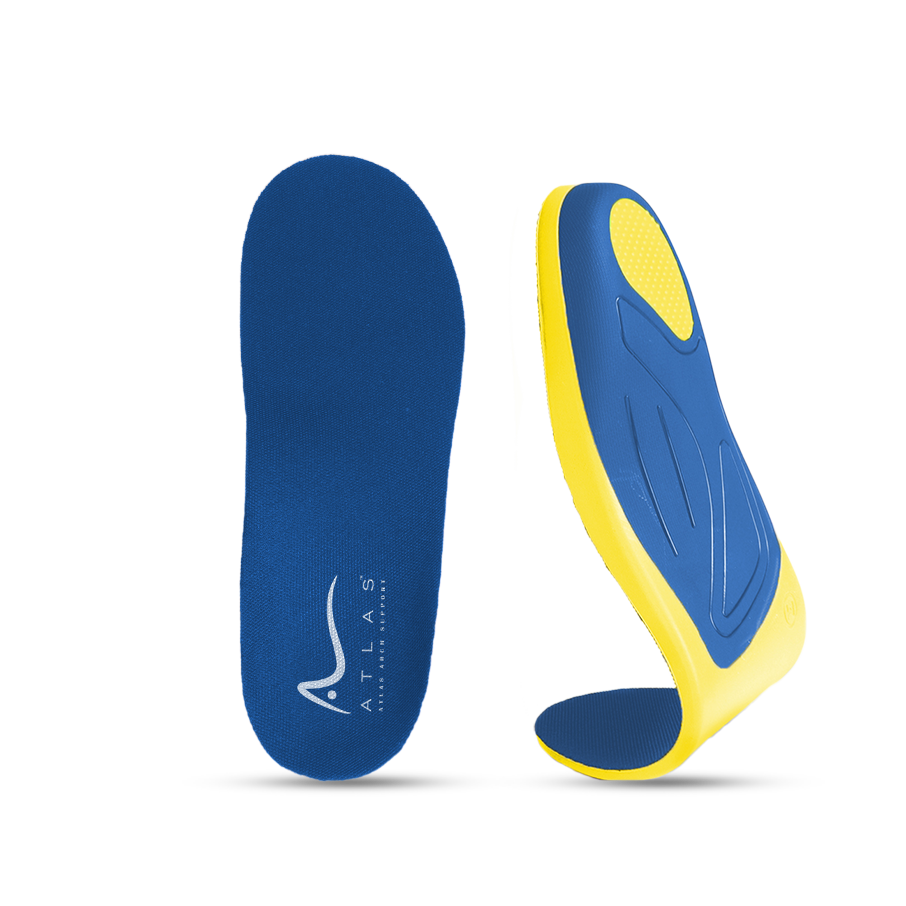Warts, those persistent skin growths many of us encounter, are not just a minor nuisance but a widespread dermatological issue affecting people of all ages. Stemming from various strains of the human papillomavirus (HPV), warts manifest in different forms and can significantly impact one's quality of life. This article delves into the essence of warts, exploring their types, causes, and the most effective treatments available, aiming to equip you with the knowledge to manage and potentially eradicate these unwelcome guests on your skin.
Introduction to Warts
Warts are benign skin growths caused by the human papillomavirus (HPV). They can surface anywhere on the body but are predominantly found on the hands, feet, and face. Due to their contagious nature, warts can spread through direct contact with the wart itself or with objects that have come into contact with the wart.
Types of Warts
Warts vary significantly in appearance, location, and discomfort level. The primary types include:
Common Warts (Verruca Vulgaris): Rough, raised bumps, usually on hands and fingers.
Plantar Warts (Verruca Plantaris): Hard growths on the soles of the feet, painful when walking.
Flat Warts (Verruca Plana): Smaller, smoother, and flatter warts, often found on the face, thighs, or arms.
Filiform Warts: Characterized by long, thin projections, typically growing on the face.
Periungual Warts: Rough-textured warts affecting nail growth, located around or under toenails and fingernails.
Risk Factors for Developing Warts
Warts are caused by different strains of the human papillomavirus (HPV) and can affect anyone. However, certain factors can increase your risk of developing these skin growths. Understanding these risk factors can help in preventing warts or managing them effectively if they appear.
Solutions and Management Strategies for Warts
Managing and treating warts effectively involves a combination of medical treatments, over-the-counter remedies, and lifestyle adjustments. Here's a closer look at the various strategies to manage and prevent warts:
Over-the-Counter Treatments
-
Salicylic Acid: This is a common and effective treatment for warts, available in various forms such as liquid, gel, or patches. Salicylic acid works by gradually peeling away the layers of the wart. For best results, the wart should be soaked in warm water to soften it, and any dead tissue should be gently removed with a pumice stone or emery board before applying the treatment.
-
Freezing Sprays (Cryotherapy Kits): Over-the-counter cryotherapy kits use a cold substance to freeze warts, similar to professional cryotherapy treatments. Precision in application is crucial to avoid damage to surrounding skin.
Professional Medical Treatments
-
Cryotherapy: Performed by a healthcare professional, this treatment involves applying liquid nitrogen to the wart, causing it to freeze and form a blister. The dead tissue then sloughs off within a week. Multiple sessions may be required for complete removal.
-
Cantharidin: Also known as "beetle juice," this substance is applied to the wart and covered with a bandage. After a few hours, the bandage is removed, and a blister forms under the wart, lifting it away from the skin.
-
Surgical Removal: For stubborn warts, surgical options such as excision (cutting out the wart) or laser therapy (using a laser to burn and destroy wart tissue) may be considered. These methods are generally reserved for warts that have not responded to other treatments.
-
Immunotherapy: This approach aims to stimulate the body's immune system to fight the wart virus. It may involve the topical application of chemicals or systemic medications to trigger an immune response against the wart tissue.
Lifestyle Adjustments and Natural Remedies
In addition to medical treatments, lifestyle adjustments and natural remedies can support skin health, potentially reduce the recurrence of warts, and offer care options for those seeking alternative treatments.
-
Boost Your Immune System: A strong immune system can more effectively fight off the HPV virus. Incorporate a balanced diet rich in fruits, vegetables, and antioxidants. Regular physical activity and adequate sleep also support immune health.
-
Maintain Skin Care Hygiene: Keeping your skin clean and dry is essential. Moist environments can encourage the growth of warts, especially on the feet. Use gentle, non-irritating soaps and avoid sharing personal items like towels and razors.
-
Protect Your Skin: Use protective gloves or footwear when engaging in activities that may expose you to the virus, especially in communal areas like gyms and pools. Small cuts and abrasions can make it easier for the HPV virus to enter the skin.
-
Avoid Direct Contact: Do not touch warts on yourself or others. Use your own towels, shoes, and other personal items to prevent the spread of the virus.
-
Natural Remedies: Some people find relief with natural remedies such as tea tree oil, apple cider vinegar, garlic, aloe vera, and dietary adjustments. While scientific evidence for the effectiveness of these remedies varies, they may serve as complementary treatments or less invasive options.
Combining these solutions and management strategies can help in treating existing warts and preventing new ones from forming. It's important to remember that patience and persistence are key, as warts can be stubborn and may require time to fully resolve.
The Psychological Impact of Warts
Beyond the physical implications, warts can significantly affect one's self-esteem and emotional well-being, leading to embarrassment, self-consciousness, and even social isolation. Coping strategies include seeking support, educating oneself and others, focusing on controllable aspects, practicing self-care, and considering professional help for both treatment and emotional support.
Conclusion
Understanding the types, causes, and treatments of warts is crucial for effective management and prevention. With patience and persistence, most warts can be treated, allowing individuals to reclaim their skin's health and confidence. Whether through at-home care, over-the-counter solutions, or professional medical treatments, there are multiple pathways to address this common skin issue.




